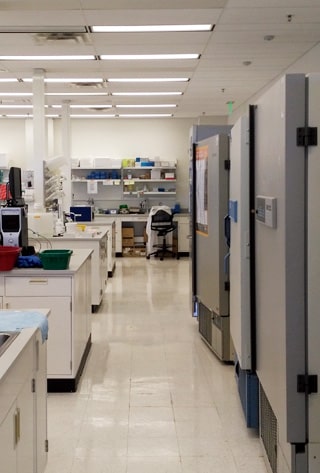
SPRI Beads & Magnetic Beads: First-hand Tips
SPRI beads and magnetic beads are well used in molecular labs for nucleic acids purification because they are fast, simple and efficient. The magnetic beads can effectively remove unwanted components such as salts, unincorporated dNTPs, enzymes, short primers, and other impurities.
BioDynami scientists have been involved in the development of beads products for many years. DNA purification using beads is not complicated, but the purification may not be optimal if details of procedure are neglected. Here are some useful first-hand tips from our scientists that can help you to get the best results for DNA purification using magnetic beads.
1 Know the properties of your magnetic beads
First of all, read the beads protocol first. Don’t think all beads are the same and have the same protocol. Magnetic beads from different manufacturers may have different magnetic responses, sizes, coatings, and buffer components. These factors can change the properties of the beads and the beads protocols may not be the same.
2 Don’t Freeze the magnetic beads
Never freeze the beads. Beads should be stored at 2 to 8ºC or room temperature according to the manufacturer’s recommendation. Freezing and thawing may cause cracks on the surfaces of your beads and loss of magnetic ability and nucleic acids binding ability.
3 Bring the magnetic beads to room temperature before use
Most of the beads is stored at 2 to 8ºC and need to bring to room temperature before use. Just make sure to put your beads at room temperature for 30 minutes before use.
4 Resuspend the magnetic beads
Magnetic beads are heavy particles so they sediment over time. It is important to vortex the beads thoroughly before use. Make sure that all the beads are in suspension and the color of the beads is even.
5 Know the DNA-Beads ratio
The ratio of DNA/beads may vary dependent on the type of the beads and also the purpose of the purification. High volume of beads might collect un-wanted DNA and contaminants. Low volume of beads may result in losing DNA samples. It is important to make sure to get the right volume of the beads.
6 Prepare diluted ethanol freshly
Prepare diluted ethanol freshly for wash steps. Use enough diluted ethanol to cover the pellet when washing the beads.
7 Do not disturb the bead pellet when discarding solution
Angle the pipette tip and make sure that the tip does not touch the beads pellet when removing the wash solution or supernatant. Magnetic racks with a slanted side are strongly recommended. The reason is simple: the bead pellet is concentrated on one side of the tubes and this makes it easier to remove the solution without disturbing the beads pellet.
8 Don’t over dry the magnetic beads
Most of the beads can’t be overdried as this will significantly reduce the yield of DNA. Read the instruction of the beads or follow the manufacturer’s recommendation.
9 Recovery all the beads
The beads are attracted to the magnet and form a pellet quickly. Make sure all the beads are pelleted. If not, prolong the attraction time may increase the recovery rate.
10 Choose the right magnetic rack
Dependent on your purpose, you may want to use a suitable magnetic rack for Eppendorf tubes, 8-strip PCR tubes, 96-well plates, or 96-well deep-well plates. The beads protocols usually include washing steps to discard supernatant. It is normal that some beads are lost during washing steps, but it should be minimized since it is related to the recovery rate.
Magnet placement affects where your beads will aggregate: at the bottom, on one side, or in a ring conformation. Choose one that fits your purpose. Make sure that you can remove the supernatant easily without touching the beads pellet.
11 Pipette Slowly and Carefully
The magnetic beads solution is very viscous. It is important that a slow pipetting manner and well-calibrated pipettes are needed.


